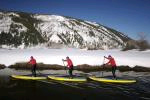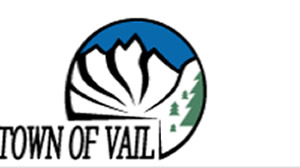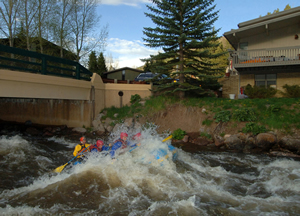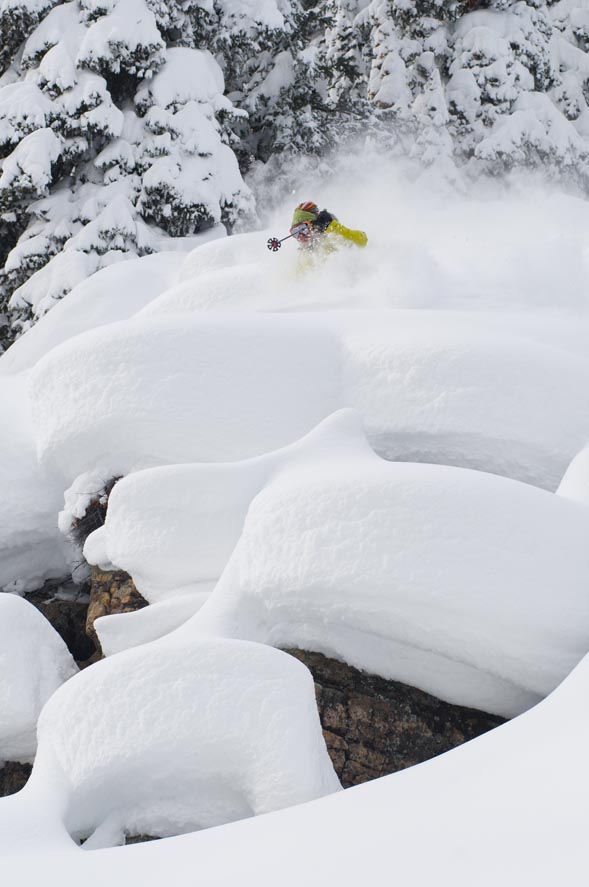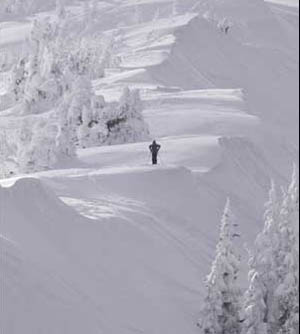
By Dan Davis www.trekkerphoto.com
- Recent town of Vail community survey identifies parking as top issue for townies
- Vail Christian High School board buys back bonds, rescues next school year
- Vail Resorts to host Lindsey Vonn celebration in Vail Wednesday, March 31
- Vail Resorts Epic Pass, Summit Pass available through November 30, 2009
- 9 candidates, including 3 incumbents, running for 4 Vail Town Council seats Nov. 3
- Nominating petitions for four open Vail Town Council seats available Sept. 14
- Eagle County commissioners to vote Tuesday on temporary marijuana dispensary regulations
- Vail Town Council rejects ballot question to change council terms
- Polis defends health-care reform at packed town hall in Edwards
- Vail blaze illustrates need for defensible space, roadless rule changes, state says
- All Real News Articles
March 31, 2009 — Politicians and environmentalists alike were quick to sing the praises of the Omnibus Public Land Management Act of 2009, which President Obama signed into law Monday afternoon.
On MSNBC, Newsweek’s Jonathan Alter told anchor Contessa Brewer that Obama was going to great lengths to highlight the law’s importance to Colorado because the White House can’t allow the Senate seat held by Democrat Michael Bennet to be lost in 2010. Bennet was appointed by Gov. Bill Ritter to fill the seat of Ken Salazar, whom Obama made interior secretary.
The office of Colorado's other senator, Mark Udall’s, fired off a release outlining his contributions to the law, which was heatedly debated in both the House and Senate but ultimately wound up combining more than 150 public lands management measures, including a handful of Colorado provisions Udall authored as a congressman.
The law protects more than 2 million acres of new wilderness (250,000 in Colorado's Rocky Mountain National Park) and more than 1,000 miles of rivers.
Salazar’s department will have more authority to protect wild public lands and natural resources under the new law, which designates Rocky Mountain National Park as wilderness, something that’s in been in limbo since the Nixon administration promised it would happen in 1974. Other Colorado-specific aspects of the law include:
• The Arkansas Valley Conduit – the construction of which will protect the river’s water supply for local communities and agricultural interests.
• Colorado Northern Front Range Study – the law directs the U.S. Forest Service to study ownership of private land that makes up the Front Range backdrop north of Denver and west of Rocky Flats and recommend to Congress how best to protect the land and therefore the views of the mountains from the Denver metro area.
• The National Trails System Willing Seller Authority – the law allows private property owners to sell land to the federal government for inclusion in certain units of the National Trails System. Current law prohibits it.
The Pew Environmental Group, which has closely tracked the omnibus bill as it bounced out of the Senate, narrowly lost a first House vote, then returned in a streamlined form that allowed for a simple majority vote, praised the speed with which the new Congress and Obama worked on the bill.
But Pew officials were quick to point out that huge swaths of roadless areas of federal lands (including 4.4 million acres in Colorado) remain at risk of development, urging the Obama administration to push for a return to the 2001 Clinton administration roadless rule.
The U.S. House just last week got a second crack at passing the Omnibus bill after earlier this month rejecting the package of public lands, natural resources and water bills by a scant two votes. Colorado’s congressional delegation split on party lines, with Republicans Doug Lamborn and Mike Coffman dissenting.
Democrats in the Senate, which had originally approved the package in January by a 74-21 vote, reintroduced the measure in order to streamline it to require a simple-majority vote in the House as opposed to a two-thirds majority. The Senate passed it again last week by a 77-20 margin.
According to the American Park Network’s ohranger.com site, the Nixon administration in 1974 first proposed Rocky Mountain National Park be designated as wilderness, which prohibits most motorized activity and strictly limits other development.
The Wilderness Society says the measure does a number of other things — including blocking 1.2 million acres of the Wyoming Range from oil and gas development — and will effectively cement the environmental legacy of the 111th Congress by:
• Designating more than 2 million acres of wilderness in California, Oregon, Idaho, Colorado, New Mexico, Utah, Michigan, Virginia, and West Virginia;
• Codifying the National Landscape Conservation System, which currently protects 26 million acres of natural treasures managed by the Bureau of Land Management, including such American icons as Canyons of the Ancients, Carrizo Plain, and Sonoran Desert national monuments;
• Protecting 1.2 million acres of the scenic Wyoming Range in western Wyoming from oil and gas development;
• Protecting free-flowing rivers in California, Oregon, Idaho, Wyoming, Arizona, Utah, and Massachusetts as Wild and Scenic Rivers; and
• Designating numerous new National Scenic Trails, Natural Historic Sites, and National Heritage Areas across the United States.
![]() Comment on "Obama gives nod to Colorado in signing sweeping Omnibus Land Act" using the form below
Comment on "Obama gives nod to Colorado in signing sweeping Omnibus Land Act" using the form below





